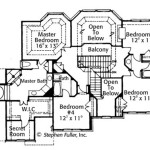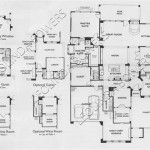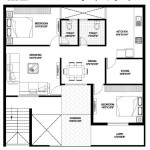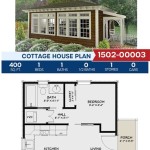Design A House Floor Plan
A well-designed house floor plan is crucial for creating a comfortable and functional living space. It sets the foundation for a home that meets the needs of its occupants while optimizing space and flow. Designing a house floor plan involves several key considerations and steps to ensure a successful outcome.
Key Considerations
Before starting the design process, it's essential to consider the following factors:
- Number of bedrooms and bathrooms
- Family composition and lifestyle li>Space requirements for specific rooms
- Desired flow and connectivity between spaces
- Budget and site constraints
Steps in Designing a House Floor Plan
1. Determine Room Sizes and Requirements
Start by determining the approximate size and specific requirements for each room. Consider the furniture, appliances, and activities that will take place in each space. This will help establish the minimum square footage needed for each room.
2. Create a Rough Sketch
Begin by sketching a rough layout of the house. Experiment with different configurations to determine the most efficient and desirable arrangement of rooms. Consider the orientation of the house on the site and how it relates to natural light and views.
3. Draw a Scaled Floor Plan
Once you have a general layout, create a scaled floor plan using a ruler or drafting software. This plan should accurately depict the size, shape, and location of all rooms, windows, doors, and walls. Maintain proper scale and proportions.
4. Consider Traffic Flow and Connectivity
Analyze the flow of movement throughout the house. Ensure there are clear and convenient pathways between rooms, avoiding unnecessary bottlenecks or dead ends. Consider the relationship between public and private spaces, creating transitions that respect privacy and functionality.
5. Optimize Space Utilization
Make the most of every square foot by incorporating clever design strategies. Use built-in storage, multi-functional spaces, and furniture pieces that serve multiple purposes. Consider open floor plans to maximize space and create a sense of spaciousness.
6. Include Functional Details
Don't forget the practical aspects of the floor plan. Include details such as closet sizes, storage spaces, appliance locations, electrical outlets, and plumbing fixtures. These elements should be carefully planned to ensure a comfortable and convenient living environment.
7. Seek Professional Assistance if Needed
If you're unsure about any aspect of designing a house floor plan or encounter challenges, don't hesitate to seek professional assistance from an architect or designer. They can provide valuable expertise, ensure building codes and regulations are met, and help you create a well-thought-out and functional floor plan that meets your specific needs and preferences.
Conclusion
Designing a house floor plan is a thoughtful and meticulous process that requires careful consideration and planning. By following these steps and incorporating the key elements discussed, you can create a floor plan that optimizes space, enhances functionality, and sets the stage for a comfortable and enjoyable living experience.

House Plans How To Design Your Home Plan

Floor Plans Types Symbols Examples

Small House Design 2024005 Pinoy Eplans Modern Plans Floor

Small House Design Shd 2024007 Pinoy Eplans One Y Bungalow Plans Layout

28 Modern House Designs Floor Plans And Small Ideas

House Plans How To Design Your Home Plan

Check Out These 3 Bedroom House Plans Ideal For Modern Families

Est House Plans To Build Simple With Style Blog Eplans Com

Two Y House Phd 2024011 Home Design Floor Plans Double

Creating The Perfect Floor Plan Quarry View Building Group








